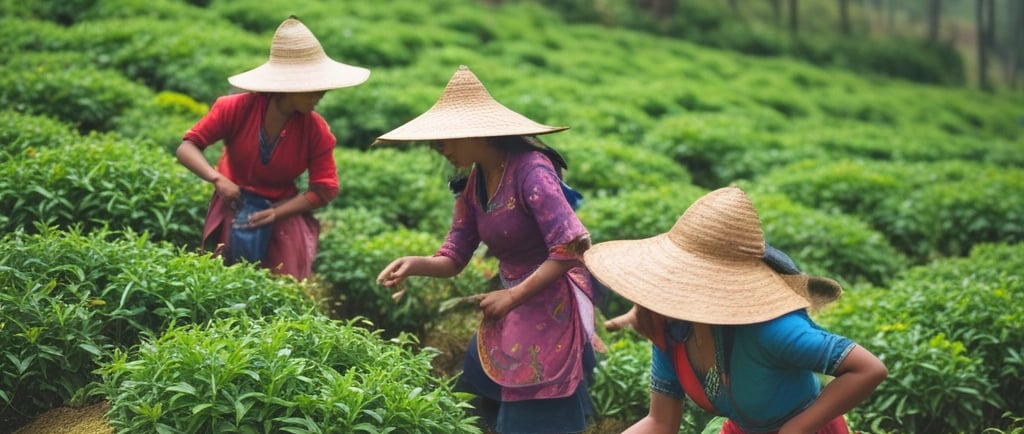The Environmental Impacts of Tea Harvesting Machines
Tea harvesting machines can offer environmental benefits by reducing the need for chemical pesticides and promoting more sustainable harvesting practices. However, their impact on the environment depends on factors like fuel consumption, emissions, and energy use. To minimize negative effects, choose eco-friendly, energy-efficient models and maintain proper machine upkeep. By adopting mechanization responsibly, tea farmers can balance productivity with environmental sustainability.
4/12/20252 min read


Introduction to Tea Harvesting Machines
Tea harvesting has evolved significantly over the decades, particularly with the introduction of machines designed to optimize the efficiency of this labor-intensive process. While the efficiency of tea harvesting machines cannot be overstated, it is crucial to examine their environmental impacts. Understanding these implications allows for a more informed dialogue regarding sustainable practices in the tea industry.
Soil Degradation and Erosion
One of the most pressing environmental concerns associated with tea harvesting machines is soil degradation. The weight and mechanization of these machines can lead to compaction of the soil, reducing its porosity and ultimately its fertility. Compacted soil affects water infiltration, restricting roots' access to essential nutrients. Furthermore, when heavy machinery is used, the natural vegetation that protects soil from erosion is often disturbed, leaving it vulnerable to rain and wind. The result is an increased risk of soil erosion, which adversely affects local ecosystems.
Impact on Biodiversity
The use of tea harvesting machines can also lead to a decline in local biodiversity. Traditional harvesting methods allowed for a more selective picking of tea leaves, which maintained the health of the overall plant and surrounding flora. However, mechanical harvesters tend to strip large areas of leaves indiscriminately. This practice not only affects the tea plants' ability to thrive but also disrupts the habitats of various species that depend on the tea estates for their survival. As habitats shrink and food sources diminish, local wildlife faces heightened threats, further escalating environmental concerns associated with modern harvesting techniques.
Carbon Emissions and Energy Consumption
Furthermore, tea harvesting machines significantly contribute to carbon emissions, raising concerns about their footprint. Many of these machines are powered by fossil fuels, which release greenhouse gases into the atmosphere. As the world strives to reduce its carbon footprint and combat climate change, the energy consumption associated with tea harvesting machinery becomes increasingly problematic. Sustainable alternatives, such as electric or solar-powered machines, could mitigate these impacts, demonstrating the importance of adopting greener technologies to lessen the environmental burden.
Conclusion
The advancement of tea harvesting machines offers undeniable efficiency benefits, yet it comes with a range of environmental impacts that cannot be ignored. From soil degradation and biodiversity loss to significant carbon emissions, these machines have left an indelible mark on both the landscape and the ecological balance in tea-growing regions. It is imperative for stakeholders in the tea industry to prioritize sustainable practices and consider the long-term environmental implications of mechanized harvesting. As we move forward, finding a balance between productivity and ecological responsibility will be vital for the future of tea cultivation.
